Social Fabrics: Inscribed Textiles from Medieval Egyptian Tombs at Harvard University
Cushion cover with tiraz inscription, Egypt, early 9th century. Wool and linen: tapestry weave. Cleveland Museum of Art, J. H. Wade Fund, 1959.48, TL42343.6. © Cleveland Museum of Art.
Discover what textiles made and worn in medieval Egypt tell us about connection and belonging in a diversifying world.
From swaddling newborns to enshrouding the deceased, woven fabrics touch nearly every aspect of human existence. The textiles in this exhibition are particularly meaningful, for they tell a bigger story about political and social power, class, trade, and concerns for the afterlife during a transformative period in Egyptian history. In the medieval era, control of the region shifted repeatedly, as Egypt was subsumed under a sequence of empires—Byzantine, Umayyad, Abbasid, and Fatimid—and the majority religion gradually evolved from pagan to Christian to Muslim. The textiles in Social Fabrics record the material and cultural impacts of these transitions, including the exchange of weaving and embroidery techniques, the availability of new fabrics and fibers, and interactions among people of different faiths.
The exhibition’s core fabrics date from the ninth through twelfth centuries and feature Arabic inscriptions. Most were produced in Egypt and belong to the prized category of tiraz textiles. Bearing state-controlled inscriptions, tiraz represent a privileged network headed by the caliph, the temporal and spiritual ruler of the Islamic world. They were distributed not on the open market, but as gifts to favored courtiers and officials. Yet also presented are a range of textiles made for different communities that merely emulate court fabrics. Taken together, these objects trace the diversity and stratification of medieval Egypt.
Although removed from their original environments, the fragments remain vital social fabrics, revealing the circumstances and aspirations of their owners and the remarkable resilience and artistry of their makers. Speaking across centuries, they invite us to consider the ways in which we structure society and how we organize and announce our social relations.
Curated by Mary McWilliams, Norma Jean Calderwood Curator of Islamic and Later Indian Art at the Harvard Art Museums (1998–2021). The accompanying catalogue was co-edited by Mary McWilliams and Jochen Sokoly, Associate Professor of Art History of the Islamic World at Virginia Commonwealth University, School of the Arts in Qatar.
This project was made possible by the Henry P. McIlhenny Fund, the Islamic and Later Indian Art Scholarship Support Fund, the Eric Schroeder Fund, and the M. Victor Leventritt Lecture Series Endowment Fund.
January 22, 2022–May 8, 2022
Dinar of al-Muqtadir, Misr, Abbasid period, 919-920 (307 H). Gold. Harvard Art Museums/Arthur M. Sackler Museum, Bequest of Thomas Whittemore. 1951.31.4.2315. © President and Fellows of Harvard College.
Tiraz textile naming the Abbasid caliph al-Wathiq, Egypt, 842-47. Silk embroidery on linen. The Cleveland Museum of Art, Gift of George D. Pratt 1932.25 © Cleveland Museum of Art
Tiraz-style textile with scrolls and interlace, Egypt, 1100s, Fatimid period. The Cleveland Museum of Art, Purchase from the J. H. Wade Fund 1982.291, TL42343.4. © Cleveland Museum of Art
Fragment of a garment with Coptic inscription, Egypt, 9th-10th century. Tapestry with Wool and Linen. Byzantine Collection, Dumbarton Oaks, Washington, DC, TL42344.5 © Dumbarton Oaks, Byzantine Collection, Washington, DC
Tiraz Textile Naming the Abbasid Caliph al-Muqtadir, Egypt, 921-22, manuscript page. Silk embroidery on linen. The George Washington University Museum and The Textile Museum. Acquired by George Hewitt Myers in 1936. TL42348.1 © The Textile Museum, Washington, DC.
Tunic with Inscription Naming the Abbasid Caliph al- Muqtadir, Egypt, 918-19. Silk embroidery on linen. The George Washington University Museum and The Textile Museum. Acquired by George Hewitt Myers in 1936. TL42348.2 © The Textile Museum, Washington, DC.
Tiraz Textile Naming the Abbasid Caliph al-Muqtadir, Iraq, 922-23. Silk embroidery on cotton. The George Washington University Museum and TheTextile Museum. Acquired by George Hewitt Myers in 1931. TL42348.3 © The Textile Museum, Washington, DC.
Dinar of al-Muqtadir, Misr, Abbasid period, 923-924 (311 H). Gold. Harvard Art Museums/Arthur M. Sackler Museum, Bequest of Thomas Whittemore. 1951.31.4.2316. © President and Fellows of Harvard College.
Decorated ends of a shawl, Egypt, Late 9th - first half 10th century. Tapestry on plain weave foundation: silk, wool, linen. The Cleveland Museum of Art, Gift of the Textile Arts Club 1956.330. TL42343.5. © Cleveland Museum of Art.
Treatise in Judeo-Arabic on laws and ceremonies of festivals by Sa’adia ben Joseph, Egypt, 11th-12th century, manuscript page. Ink on paper. Cairo Genizah Collection, Library at the Herbert T. Katz Center for Advanced Judaic Studies, University of Pennsylvania Libraries. TL42347. © University of Pennsylvania, Kislak Center for Special Collections.
Cuff Band: Stylized Animals, Egypt, Early Byzantine period, 4th-5th century CE. Wool with linen threads on wool warps. Tapestry woven. Harvard Art Museums/Arthur M. Sackler Museum, Gift of Dr. Denman W. Ross. 1924.124. © President and Fellows of Harvard College.
Section of an Architectural Frieze, Egypt, Byzantine period, 5th Century. Limestone. Harvard Art Museums/Arthur M. Sackler Museum, Gift of The Hagop Kevorkian Foundation in memory of Hagop Kevorkian. 1975.41.53. © President and Fellows of Harvard College.
Tiraz textile naming the Fatimid caliph al-Mustaʿli, Egypt, 1094. Tabby ground with inwoven tapestry ornament; linen and silk and gold. The Cleveland Museum of Art, Gift of the The Textile Arts Club to commemorate its 30th Anniversary 1965.313. TL42343.3 © Cleveland Museum of Art.
Warrior and Physician with the Plant Kestron (painting, recto; text, verso), folio from a manuscript of the De Materia Medica of Dioscorides, 1224, Abbasid period, manuscript folio. Ink, opaque watercolor and gold on paper. Ink, opaque watercolor and gold on paper. 1960.193 © President and Fellows of Harvard College.
Tiraz textile naming the Fatimid caliph al-ʿAziz, Egypt, 983-90. Linen and silk; plain weave with inwoven tapestry weave. The Cleveland Museum of Art, Purchase from the J. H. Wade Fund 1950.354. TL42343.2 © Cleveland Museum of Art.
Cuff band with animals in interlocking scrolls, Egypt, Early Byzantine period, Late 4th-early 5th century. Wool and linen, tapestry weave. Harvard Art Museums/Arthur M. Sackler Museum, Gift of Benjamin and Lilian Hertzberg. 2004.204 © President and Fellows of Harvard College.
Decorative Bands from a Shawl, Egypt, Late 9th-10th century. Wool and linen; wool plain weave with inwoven tapestry band in wool and linen. Byzantine Collection, Dumbarton Oaks, Washington, DC. TL42344.6. © Dumbarton Oaks, Byzantine Collection, Washington, DC.
Fragmentary Bowl with Seated Figure Holding a Beaker. Basra, Iraq, Abbasid period, 10th century. Buff-colored earthenware painted with luster (silver and copper) over white lead alkali glaze opacified with tin 2002.50.84. © President and Fellows of Harvard College.
One of Twenty Folios from a Coptic Manuscript of the Gospel of John with Glosses and Translation in Arabic, Coptic, Egypt. Ink on paper. Harvard Art Museums/Arthur M. Sackler Museum, Gift of Mr. and Mrs. Thorvald Ross. 1939.187. © President and Fellows of Harvard College
Large Cover or Shroud, Coptic, Egypt, Byzantine period, 5th-6th century. Wool and linen. Harvard Art Museums/Arthur M. Sackler Museum, Gift of The Hagop Kevorkian Foundation in memory of Hagop Kevorkian. 1975.41.28 © President and Fellows of Harvard College

/https%3A%2F%2Fprofilepics.canalblog.com%2Fprofilepics%2F1%2F0%2F100183.jpg)
/https%3A%2F%2Fstorage.canalblog.com%2F03%2F02%2F119589%2F96711876_o.jpg)
/https%3A%2F%2Fstorage.canalblog.com%2F11%2F31%2F119589%2F94773502_o.jpg)
/https%3A%2F%2Fstorage.canalblog.com%2F20%2F83%2F119589%2F94772815_o.jpg)
/https%3A%2F%2Fstorage.canalblog.com%2F26%2F72%2F119589%2F75604929_o.jpg)
/https%3A%2F%2Fstorage.canalblog.com%2F59%2F60%2F119589%2F26458628_o.jpg)
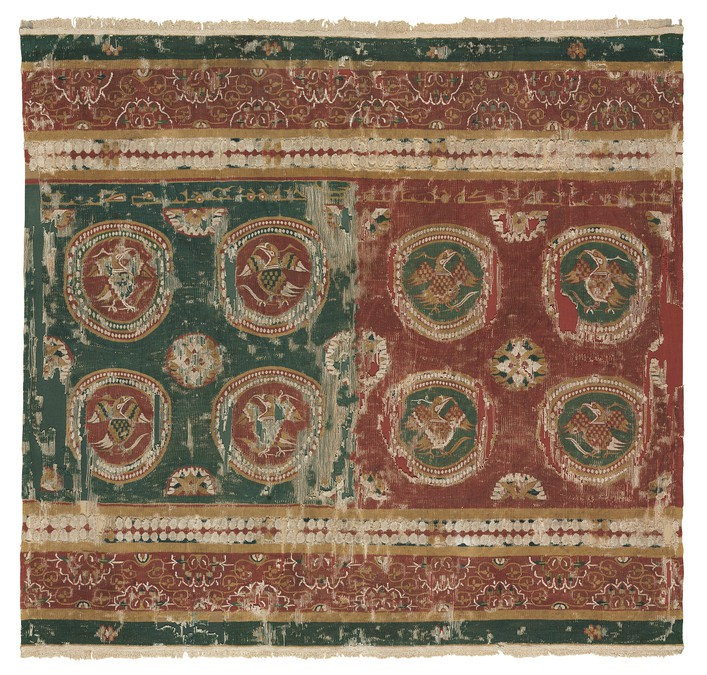
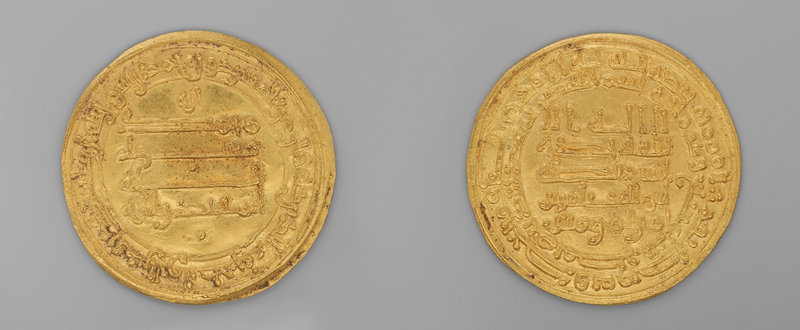
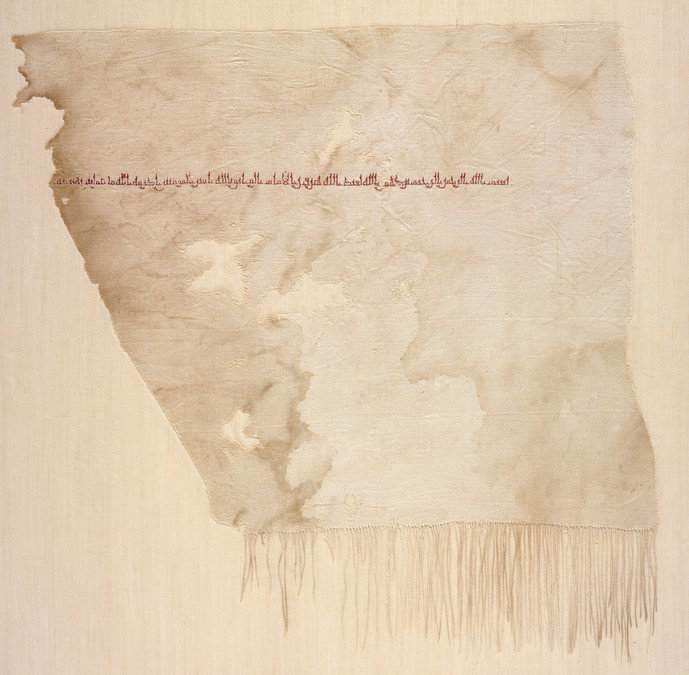
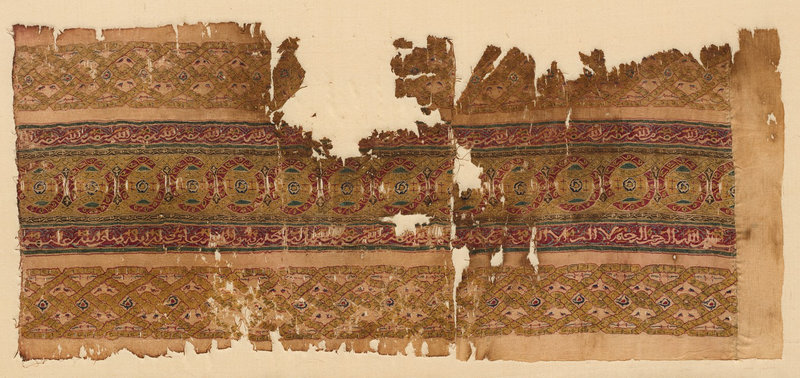

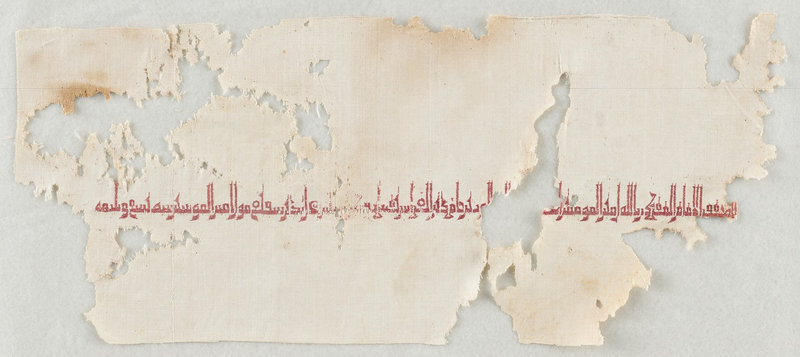
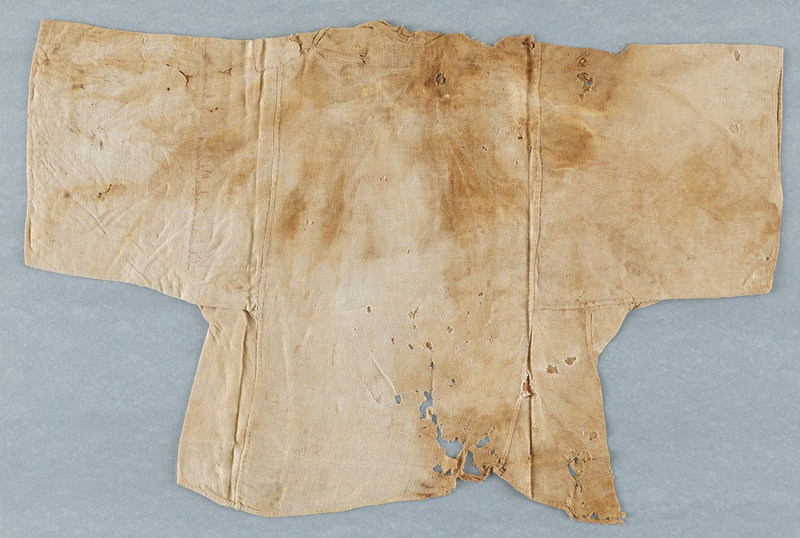
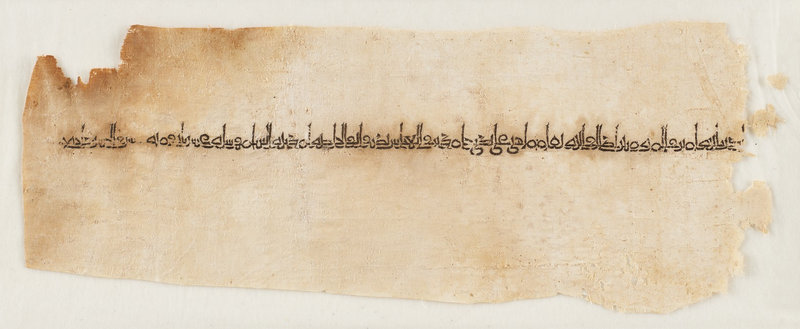
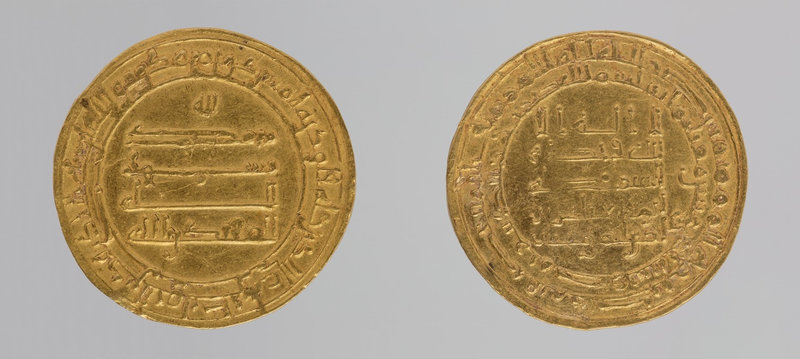
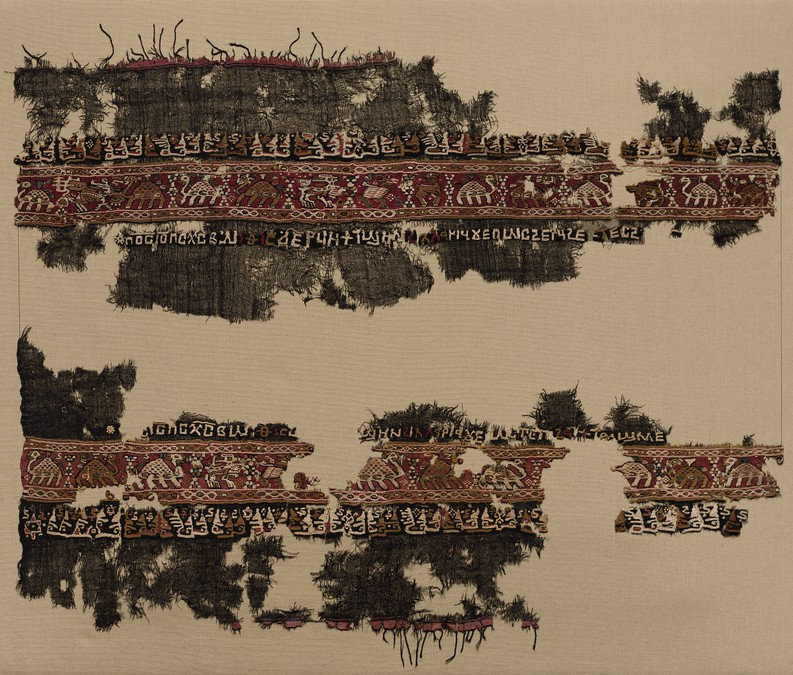
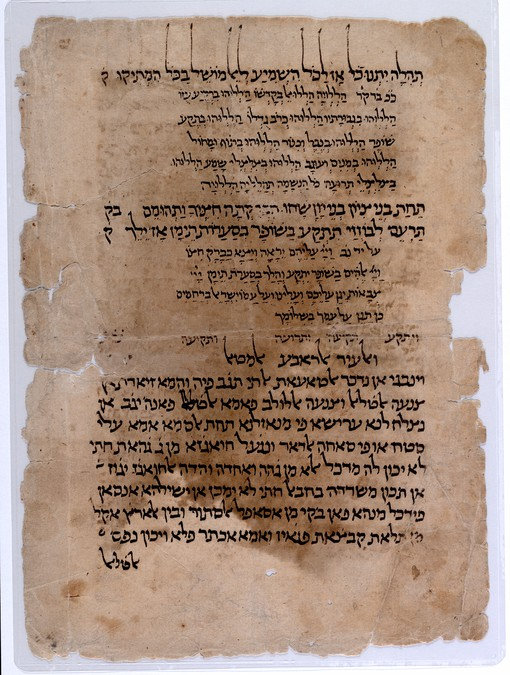

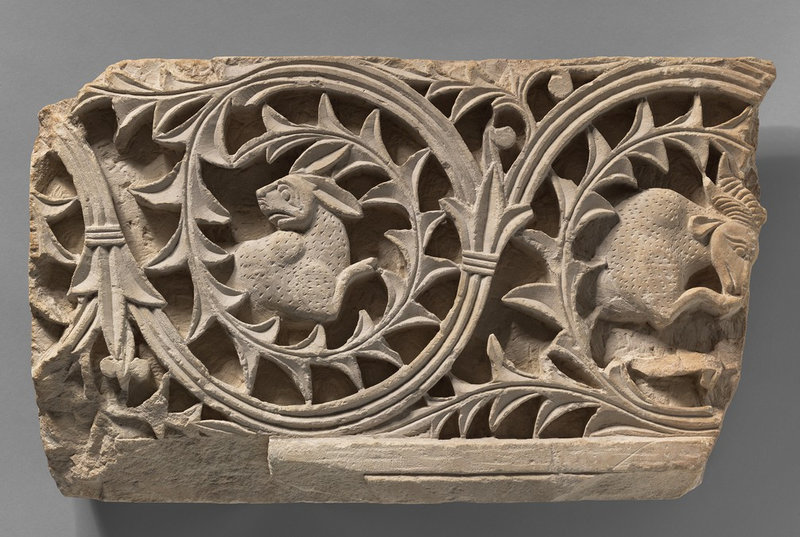
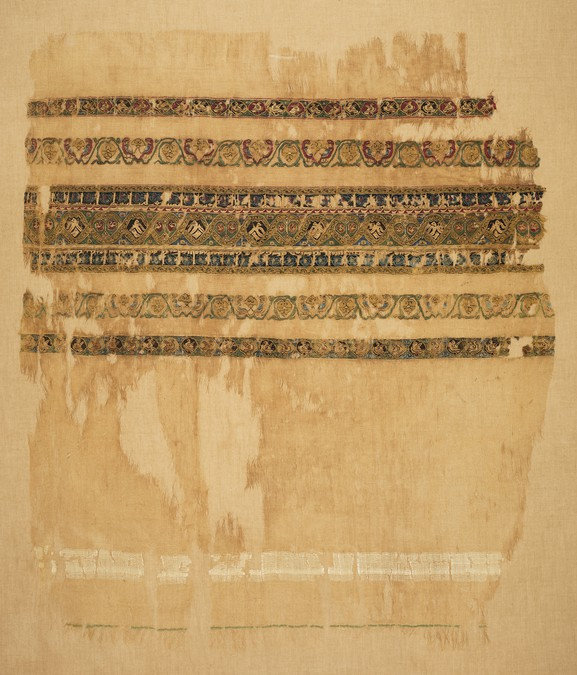
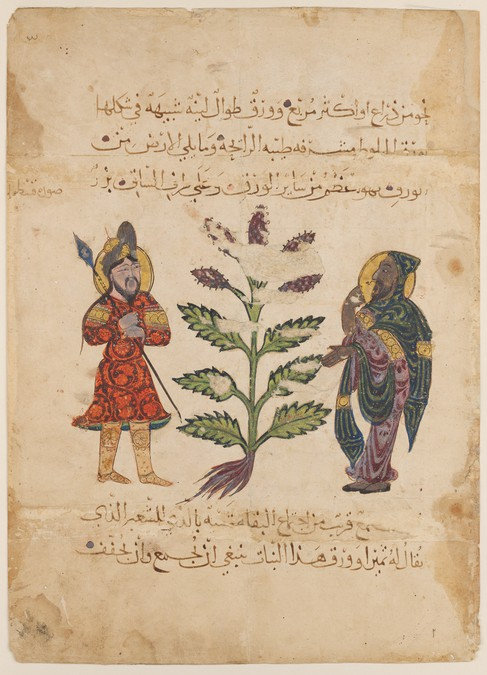
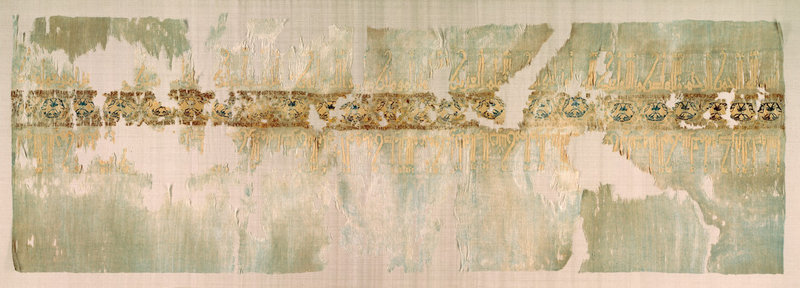
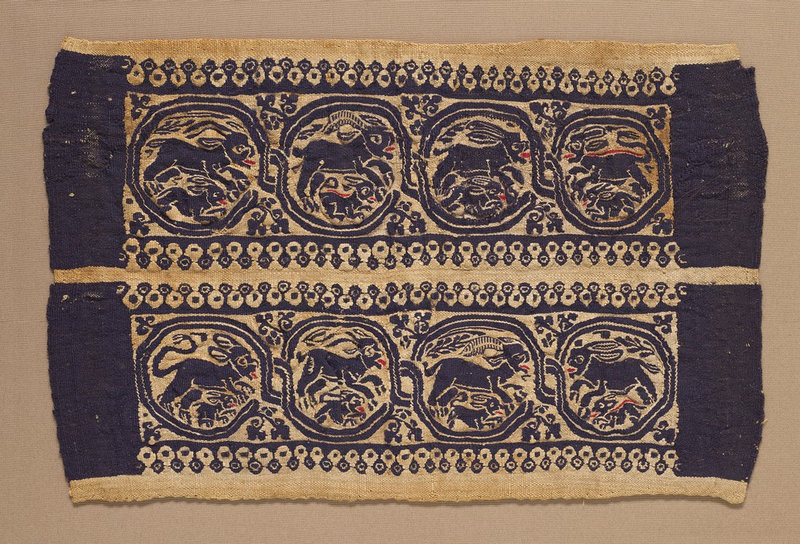
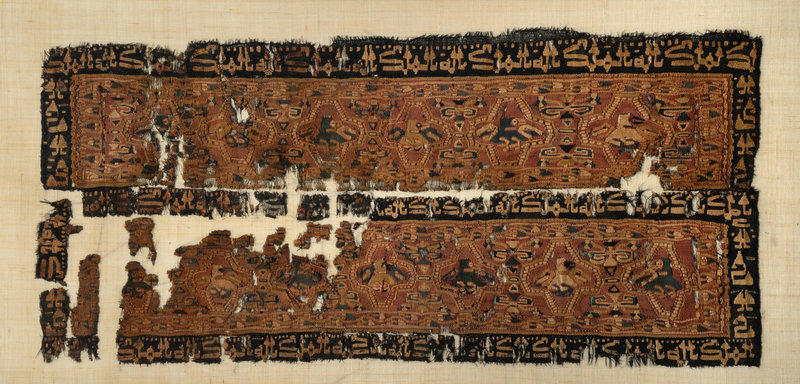
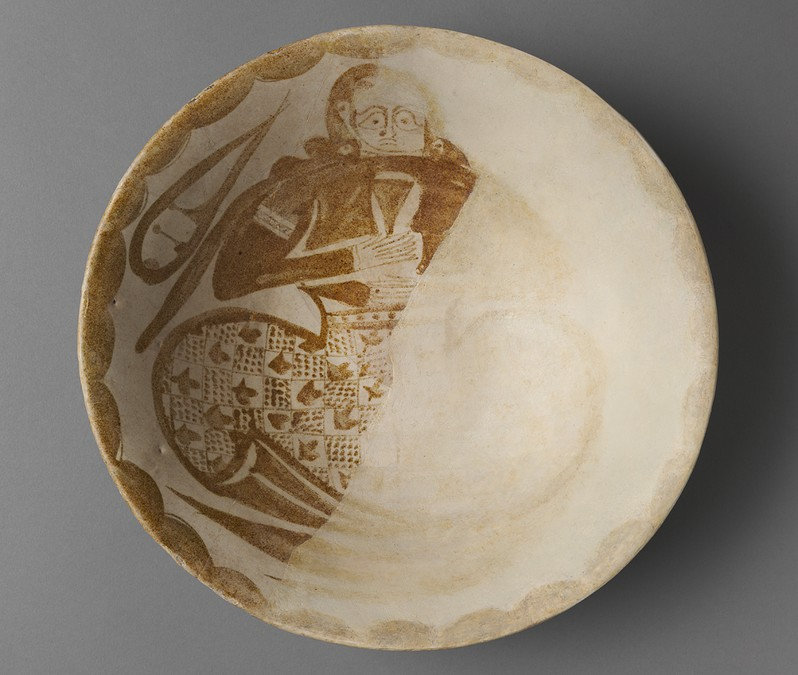
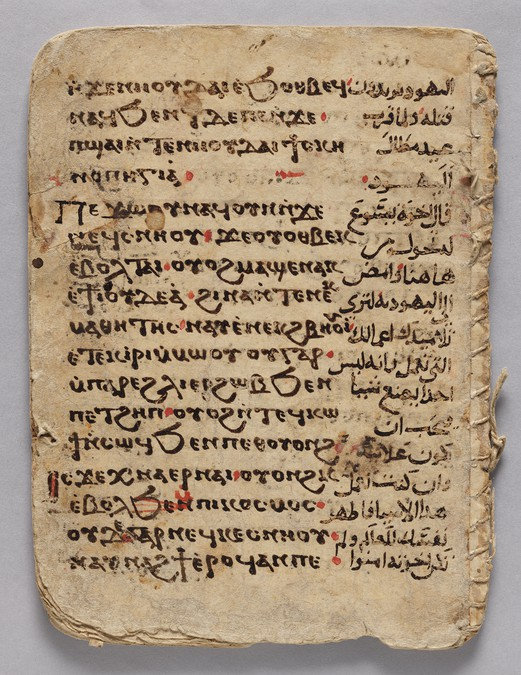
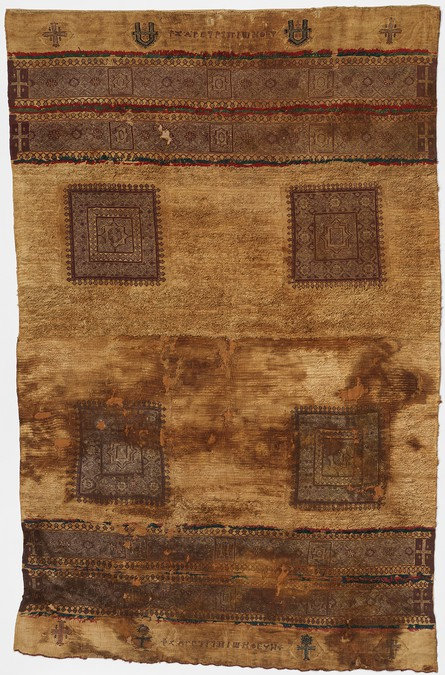


/http%3A%2F%2Fstorage.canalblog.com%2F20%2F94%2F119589%2F128675984_o.png)
/http%3A%2F%2Fstorage.canalblog.com%2F78%2F84%2F119589%2F126266259_o.jpg)
/http%3A%2F%2Fstorage.canalblog.com%2F61%2F48%2F119589%2F126266099_o.jpg)
/http%3A%2F%2Fstorage.canalblog.com%2F22%2F18%2F119589%2F122439819_o.jpg)